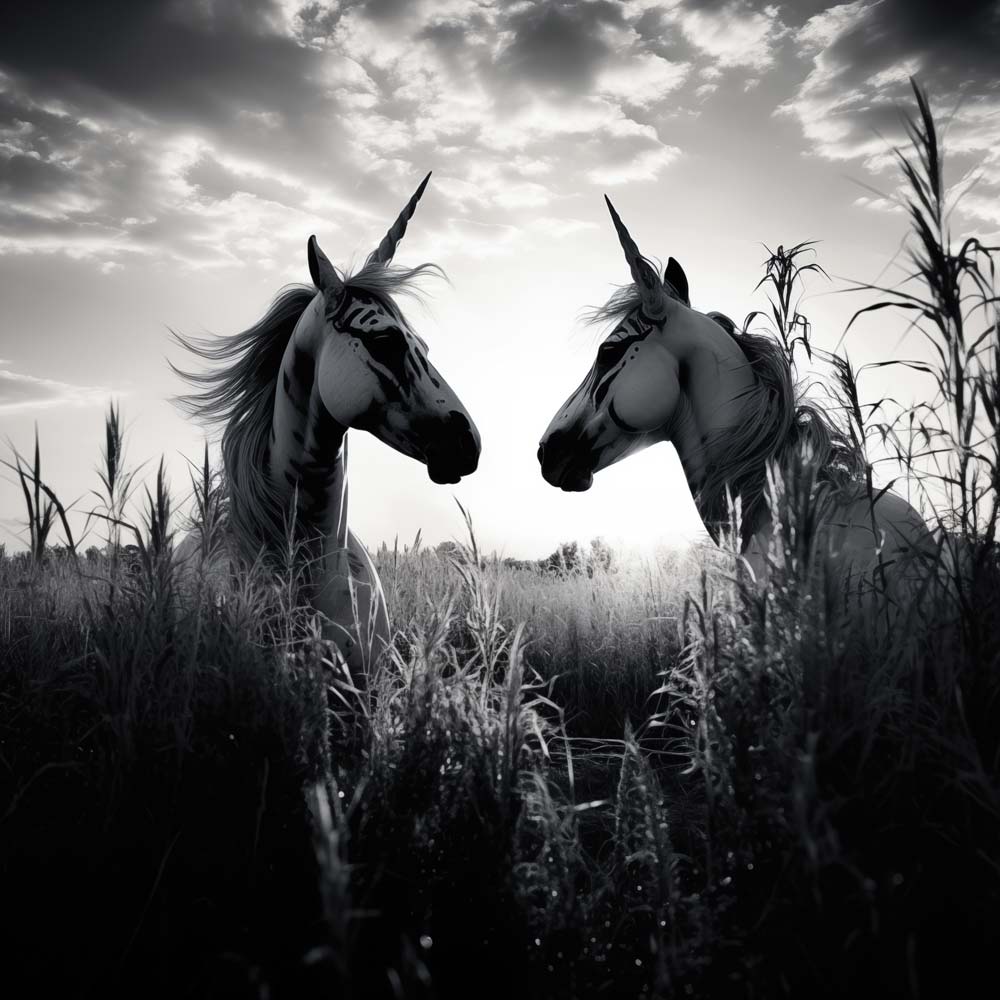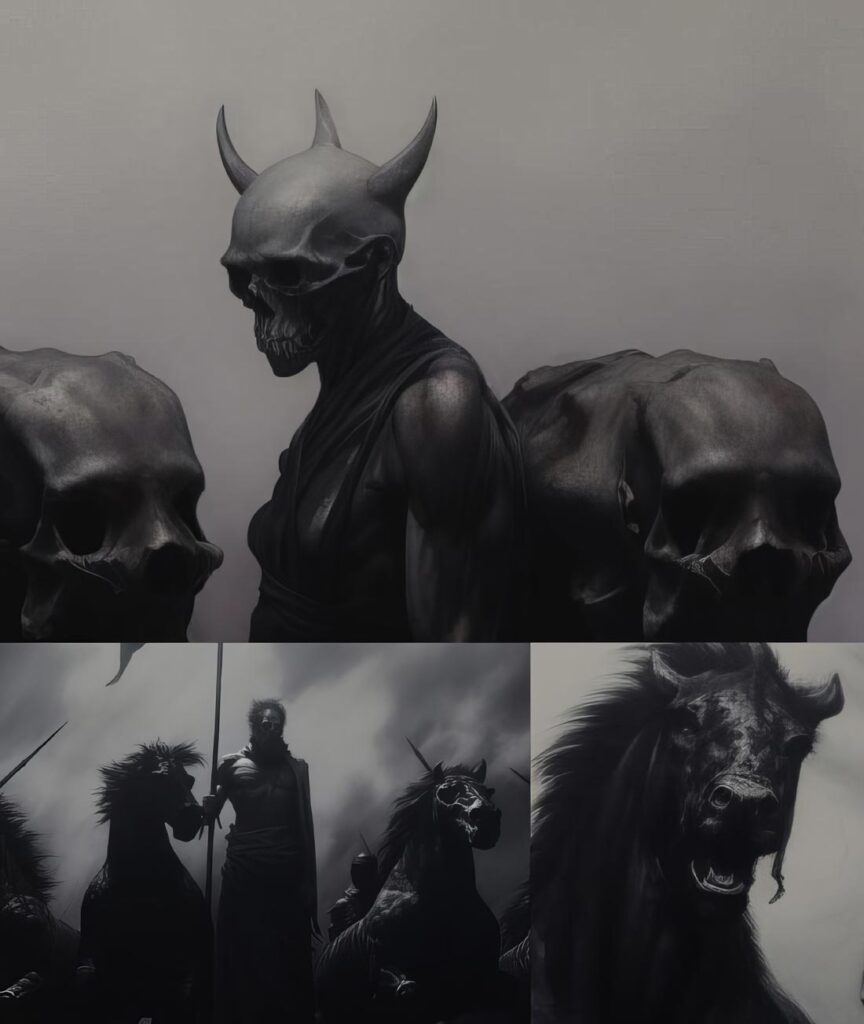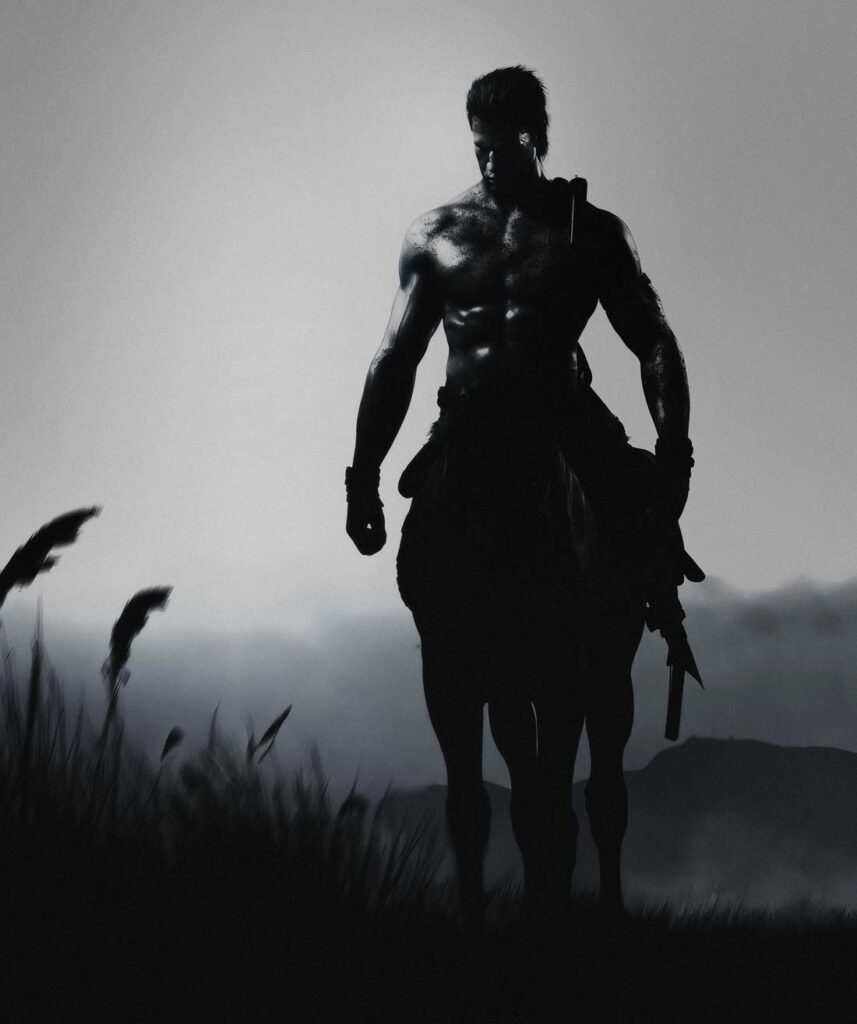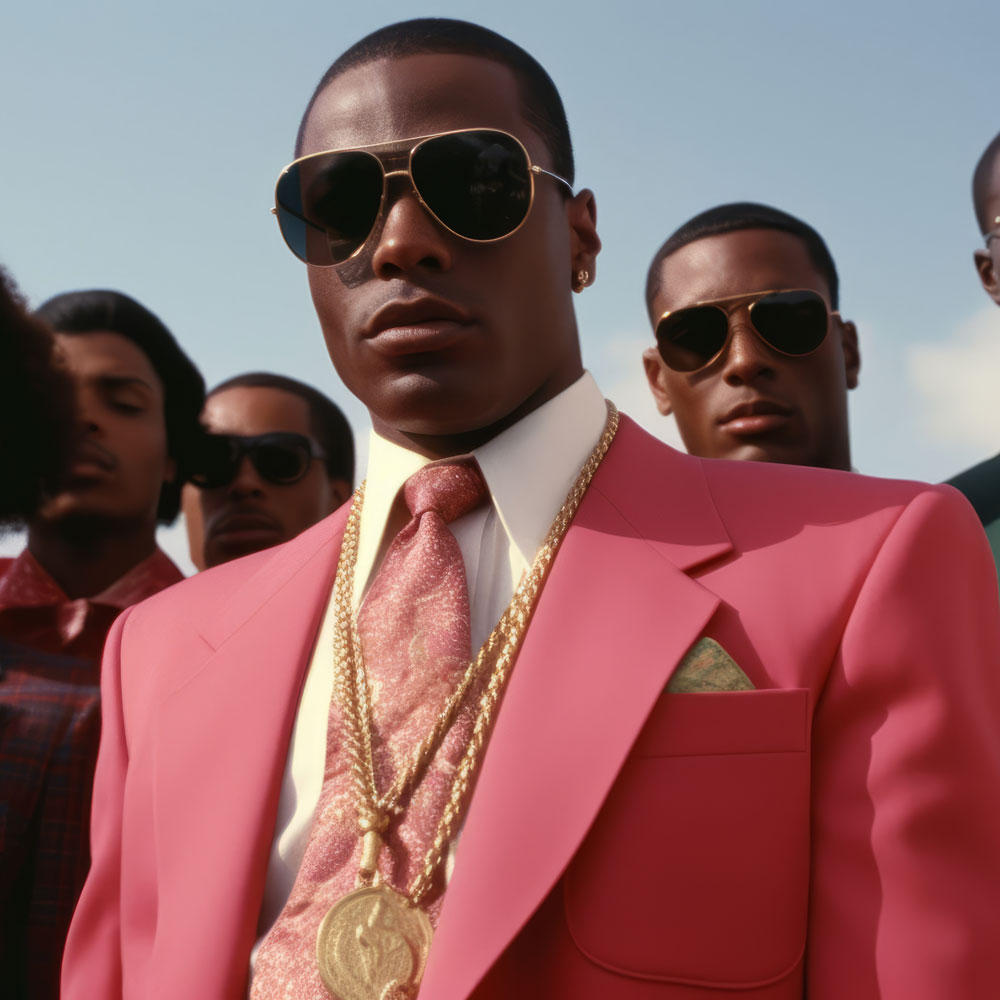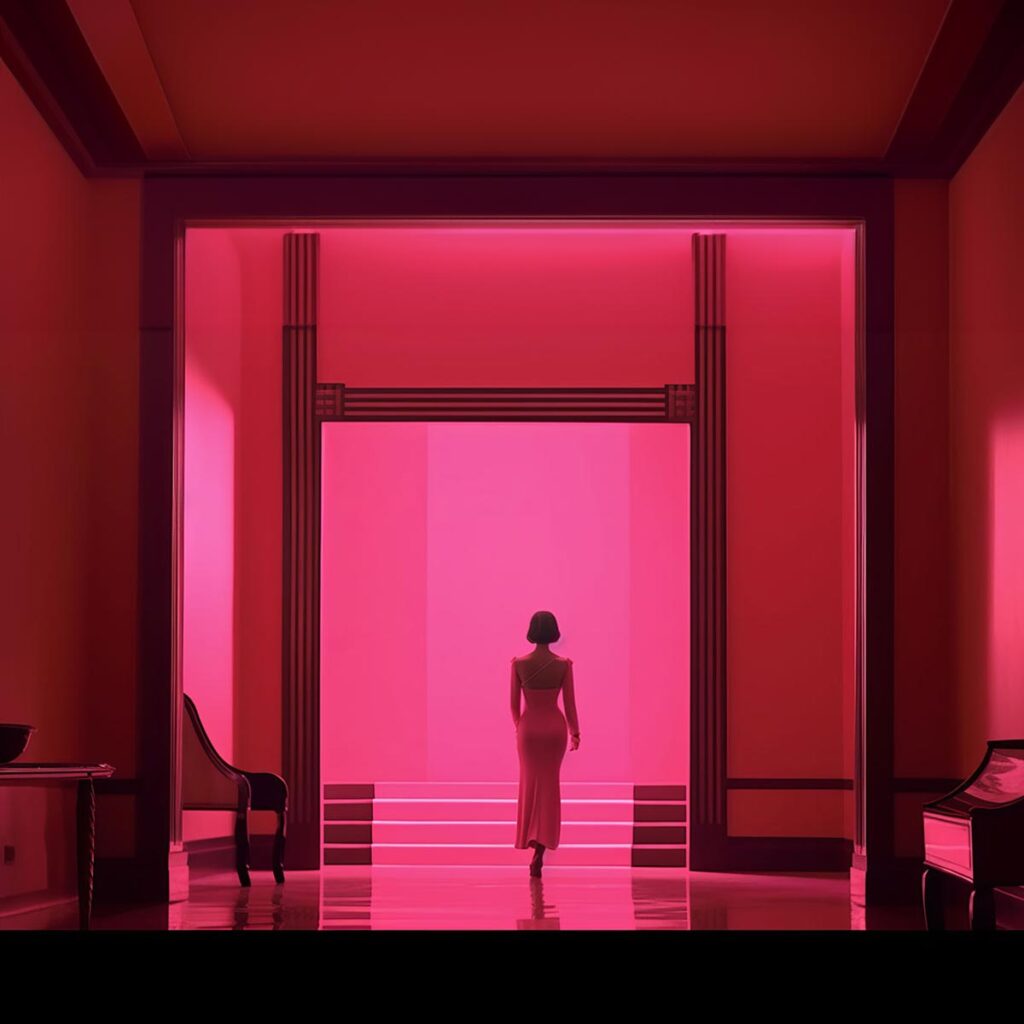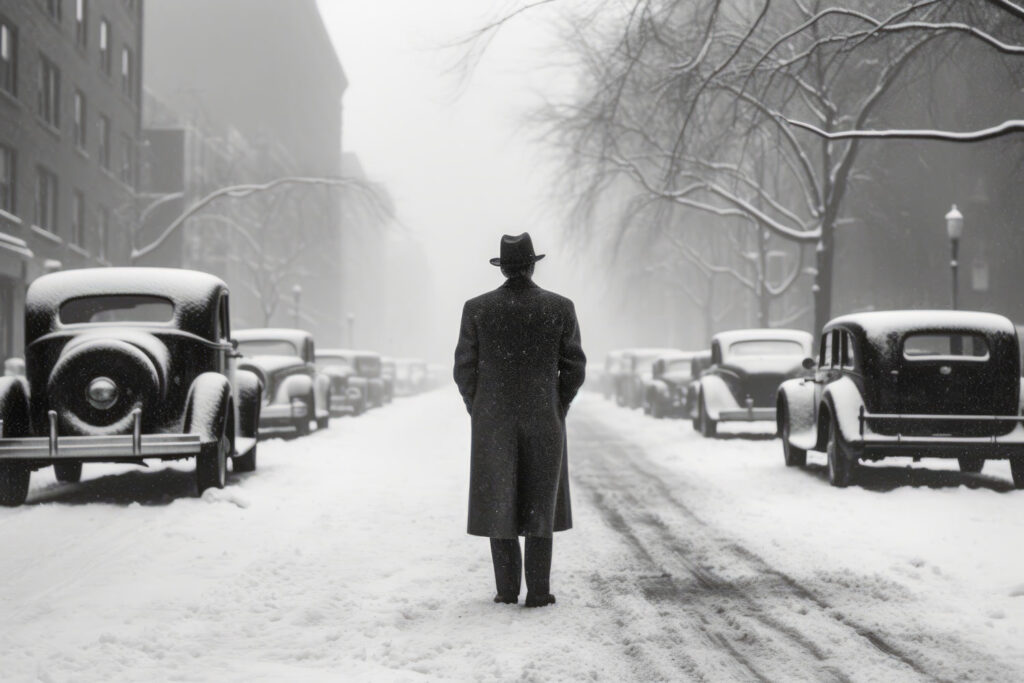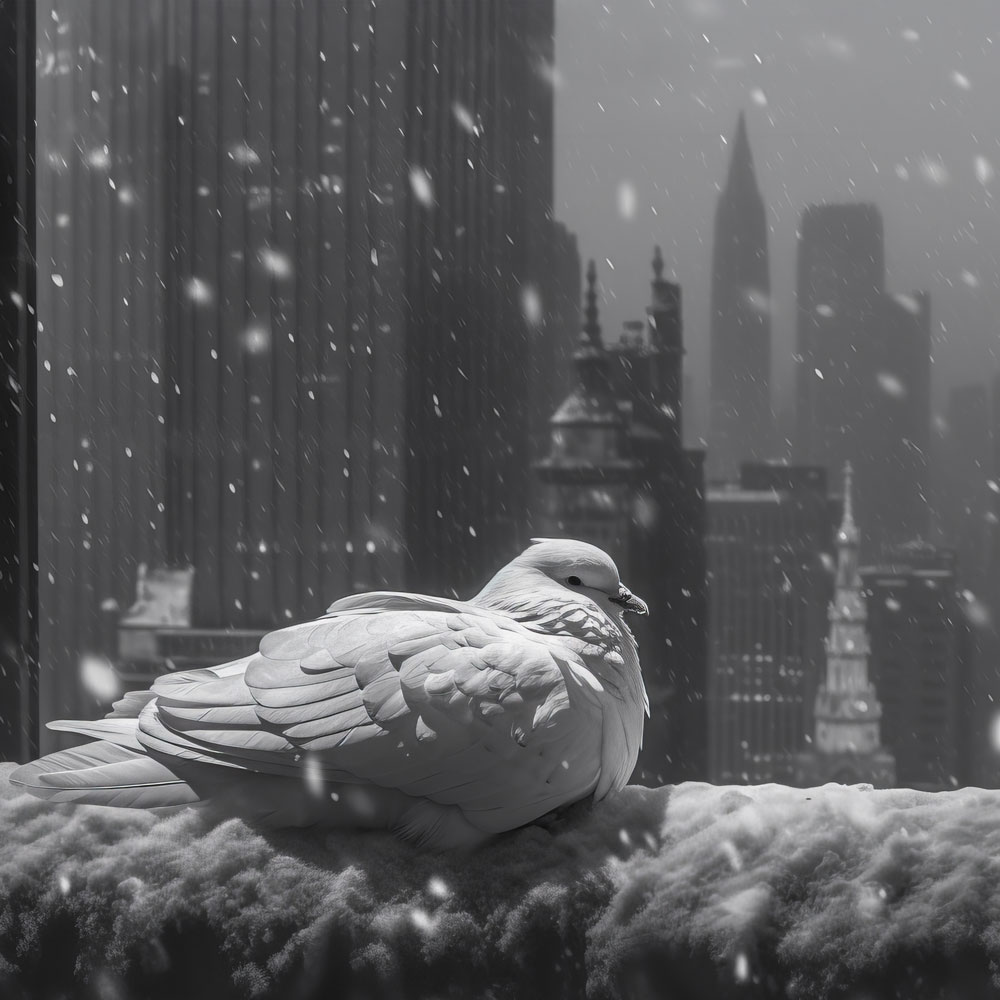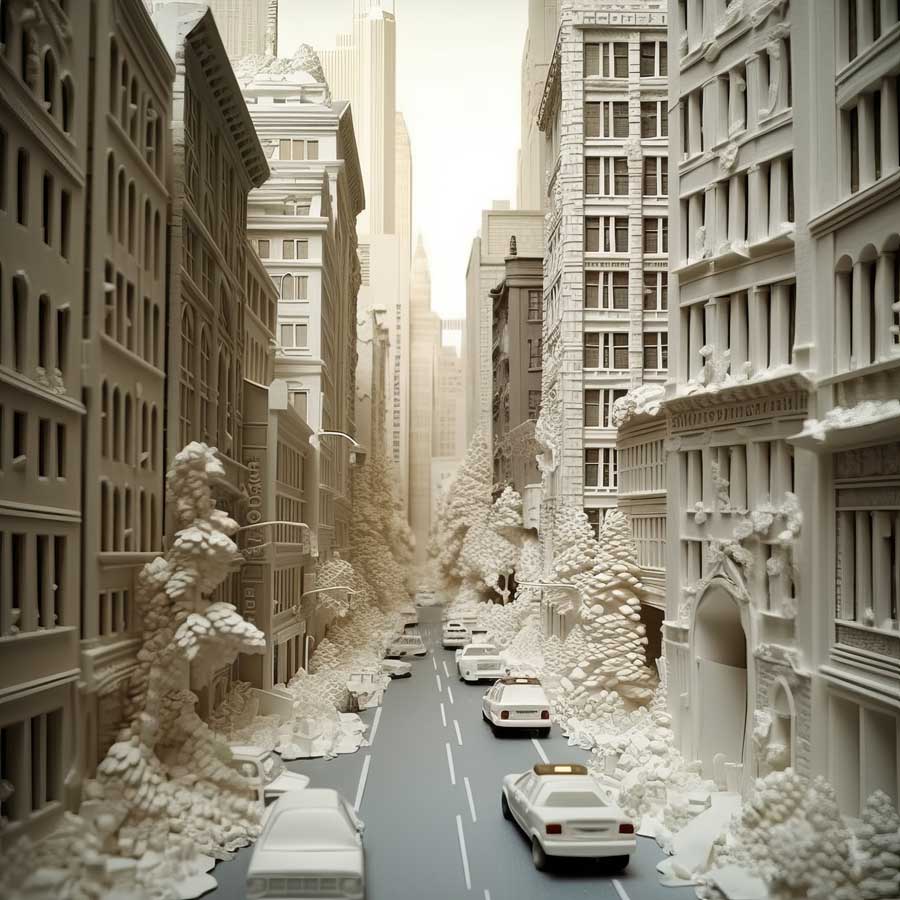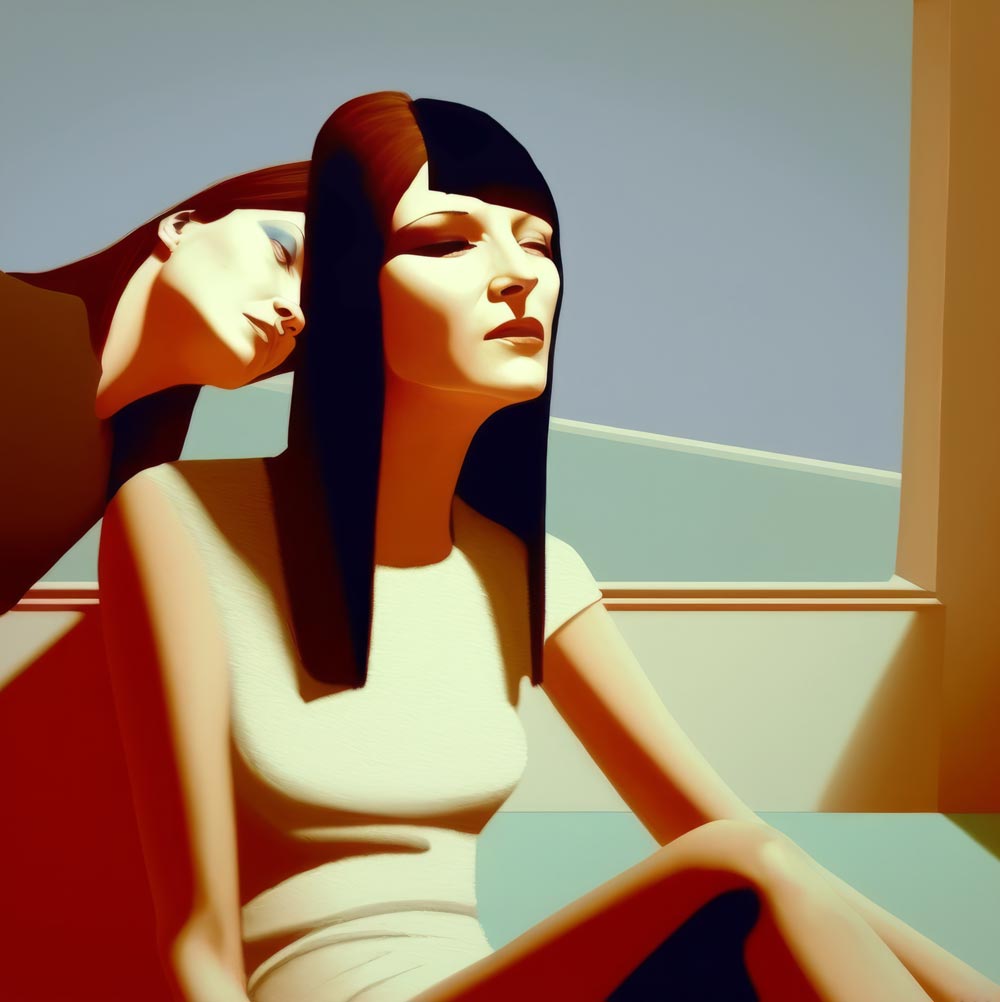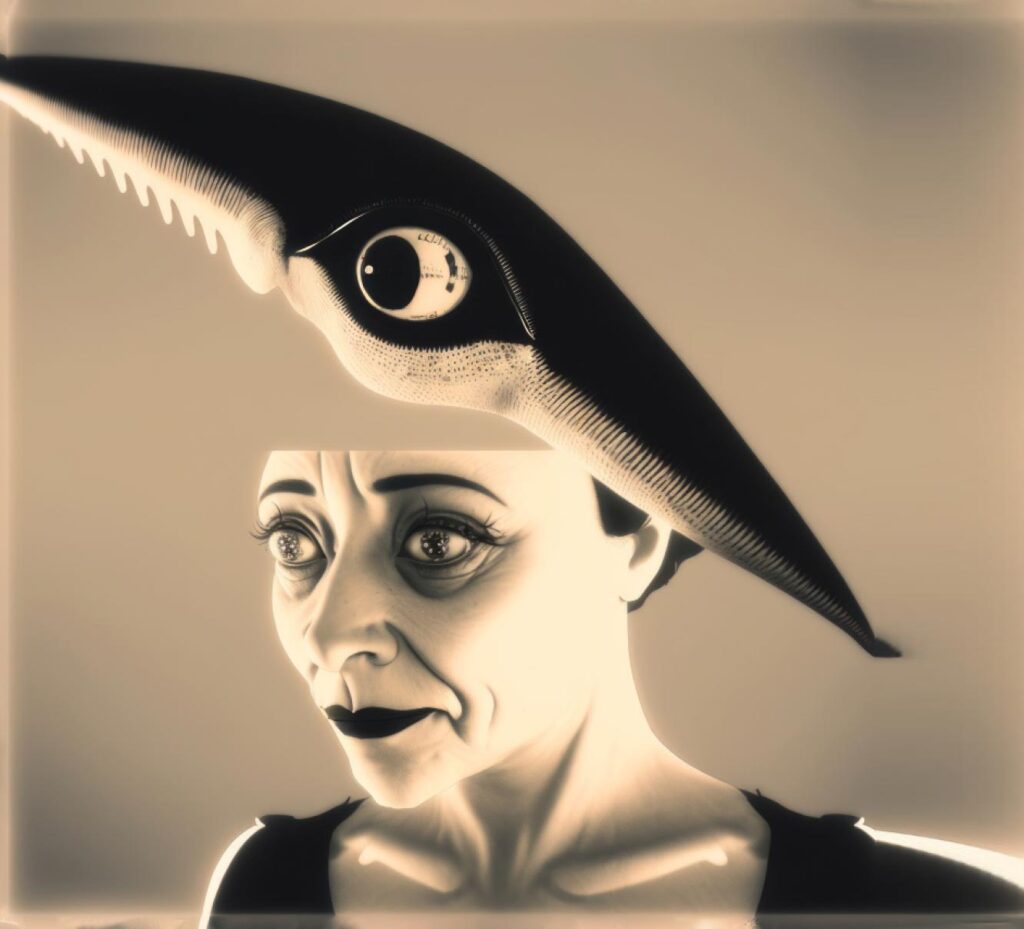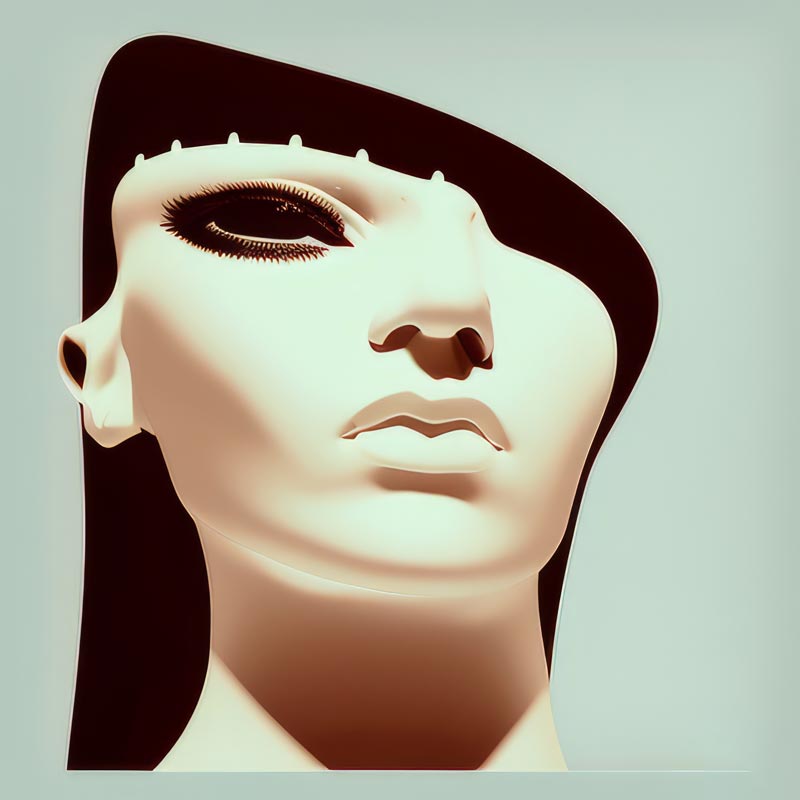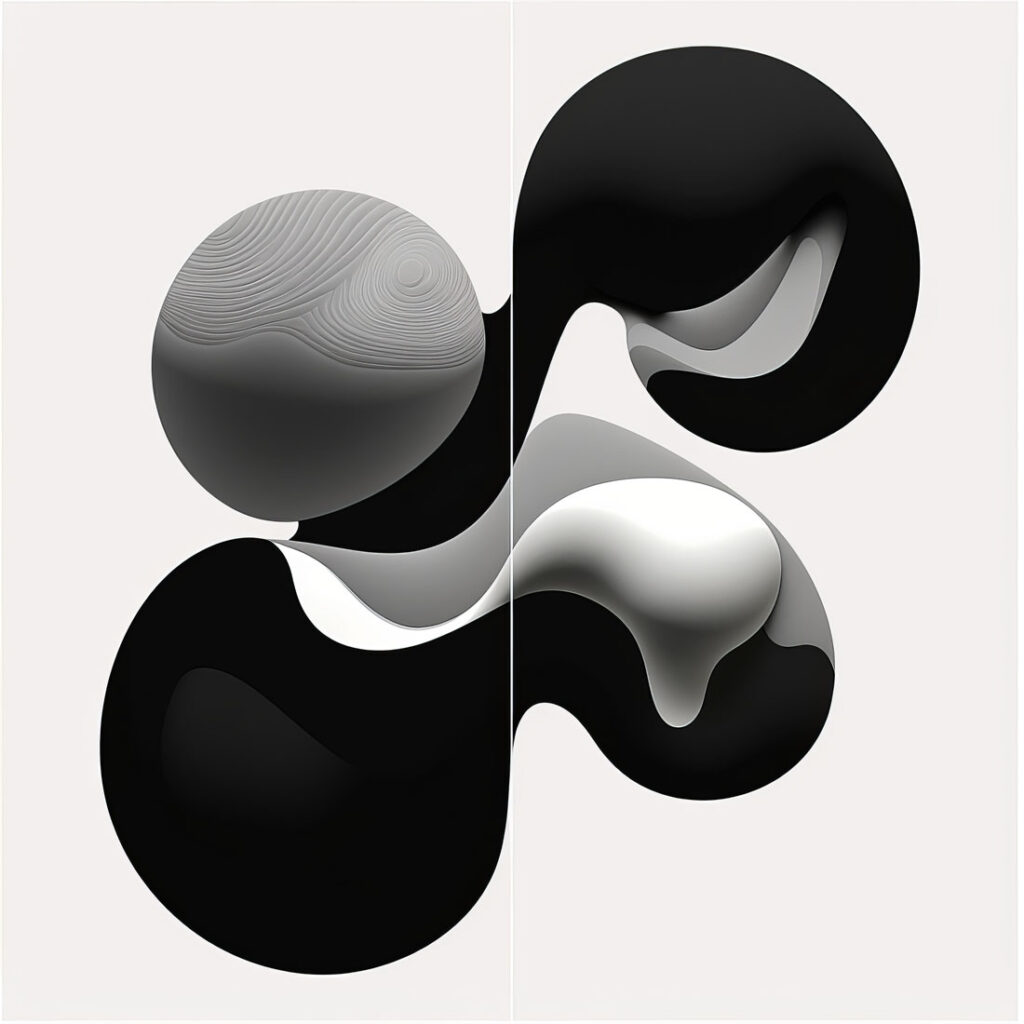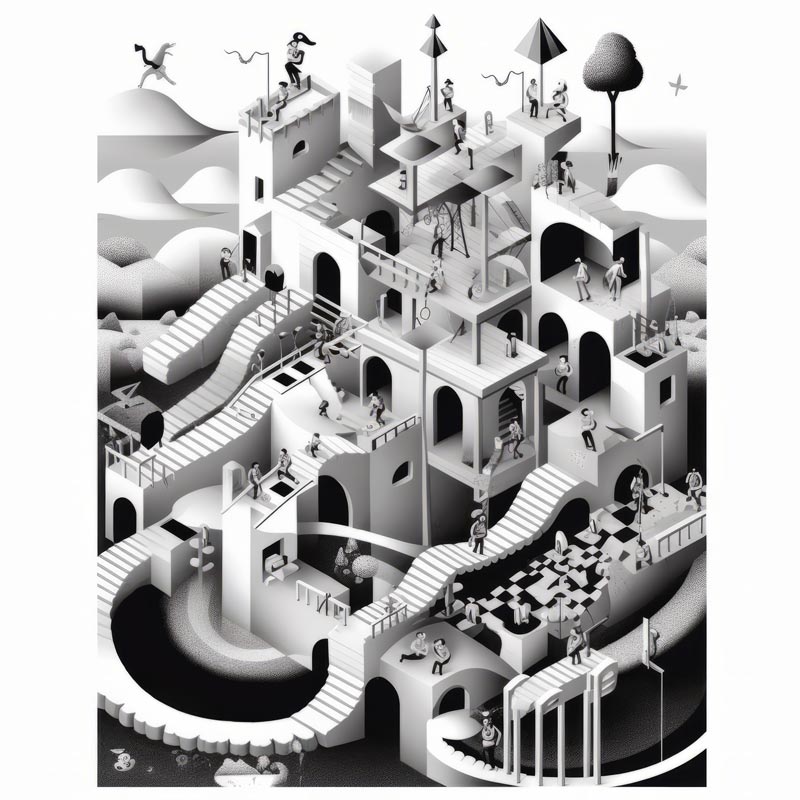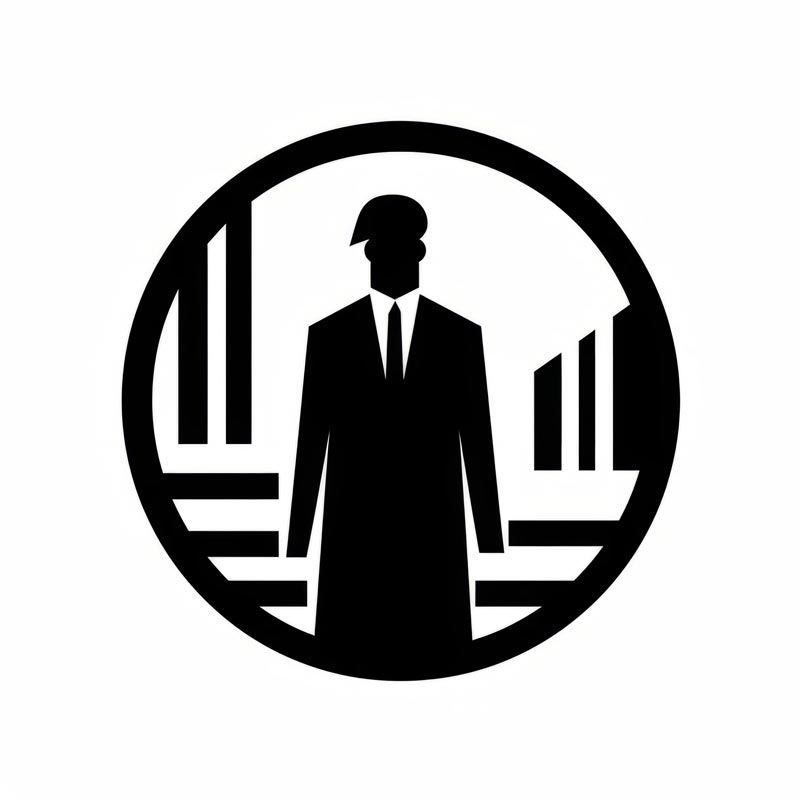_________
THE JOURNEY IS THE DESTINATION
To be an artist means to be in constant pursuit of understanding of an idea. It means embracing the exhilarating, yet disquieting journey of exploration until we attain the pinnacle of human achievement: the transcendent splendor of creation.
With every lifetime comes a new set of tools. Some were given egg tempura or marble, others Photoshop. Today, we have access to what may be the most consequential tool of them all: Generative AI.
But, with great power comes great responsibility.
Regrettably, much of contemporary AI is a moral and visual cesspool of garbage, often starkly diverging from our core principle of the artist’s process: Craft.
Worse yet, if used irresponsibly, Generative AI offers a shortcut to falsely claim authorship for those misguided parts of the human race who are unwilling to dedicate themselves to mastery.
The conversation surrounding AI’s influence on creativity transcends the debate over whether a machine can mimic an artistic style—a style, it’s worth noting, that often evolves from the collective contributions of countless predecessors. We’re standing at the threshold of a far more profound question: If AI can distill decades of artistic mastery into mere minutes, what domains remain for human exploration?
This quandary strikes a chord of existential unease, igniting apprehensions about our place in a future where technological prowess challenges the very essence of human endeavor. It’s a reflection that has led many to view the burgeoning age of AI with skepticism, if not outright resistance. The idea that machines might eclipse our creative pursuits not only challenges our identity as makers and thinkers but also prompts a deeper introspection about the value and purpose of human effort in the age of instant digital gratification.
Yet, this moment of reckoning also serves as a crucible for redefining our relationship with technology. Rather than viewing AI as a usurper of human creativity, we might consider it a catalyst for expanding the horizons of what we can imagine and achieve. The true exploration lies not in the replication of what has been done, but in venturing into the realms of what could be. In this light, AI becomes not a barrier to creativity, but a bridge to new forms of expression and discovery, challenging us to redefine the essence of mastery and the paths we take to achieve it.
There is something incredibly sublime in this pursuit. The future, climatic world of AI and creativity is not a dystopia of diminished human relevance, but a landscape ripe with uncharted territories. It beckons us to explore not just what it means to create, but what it means to be creators in an era of limitless potential. The journey ahead is not one of obsolescence, but of transformation and renaissance, where the fusion of human intuition and artificial intelligence invites us to reimagine the boundaries of possibility.
This blog’s timeline is intentional, charting the AI’s evolution from its initial, crude expressions—akin to a child figuring out how to draw eyes—to its current state of refined artistry. This growth mirrors an artist’s journey to mastery, where early works are marked by raw expressiveness, later evolving into a pursuit of perfection. It’s fascinating to see our creative development reflected in the AI, suggesting a mysterious, almost otherworldly influence behind this technological advance.
